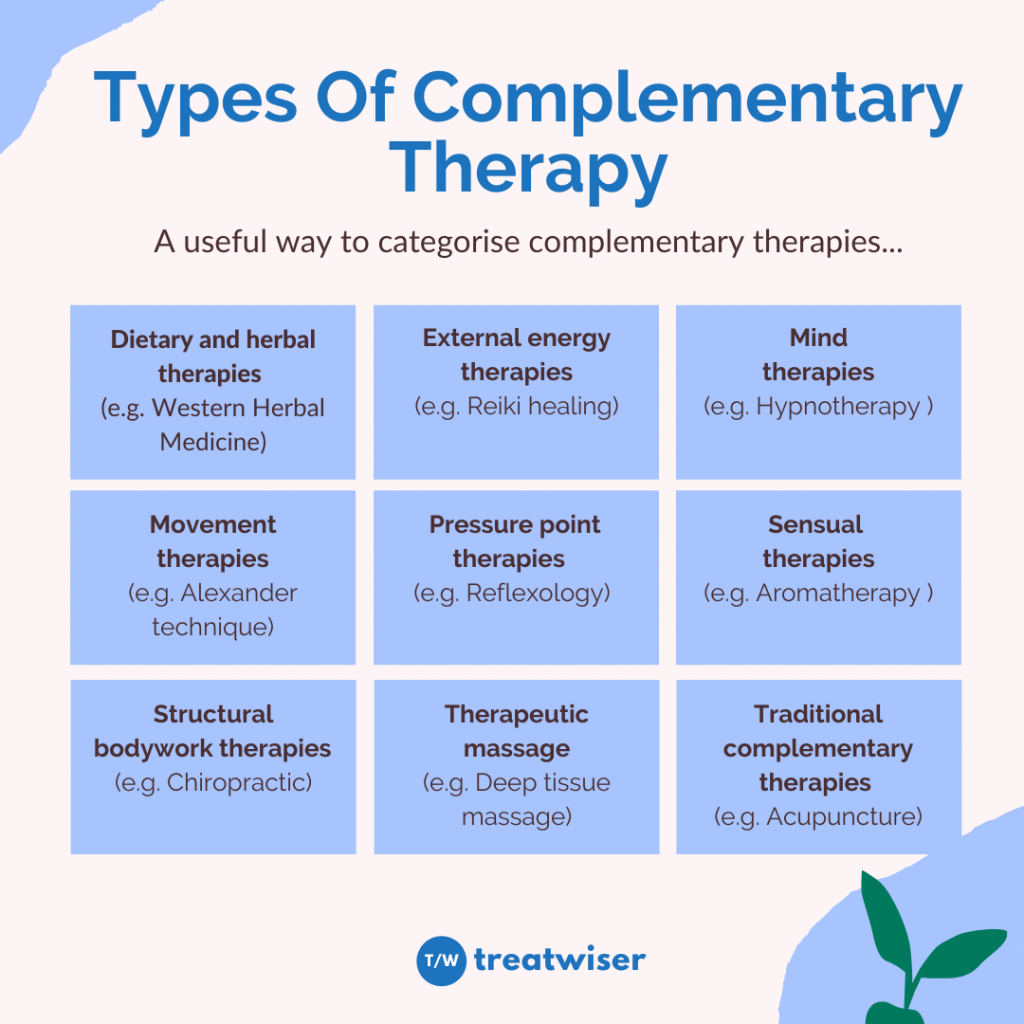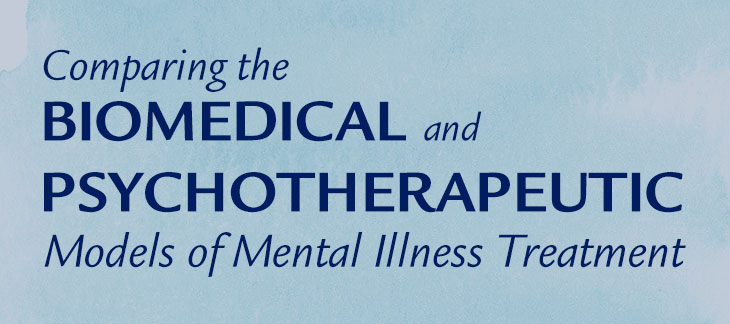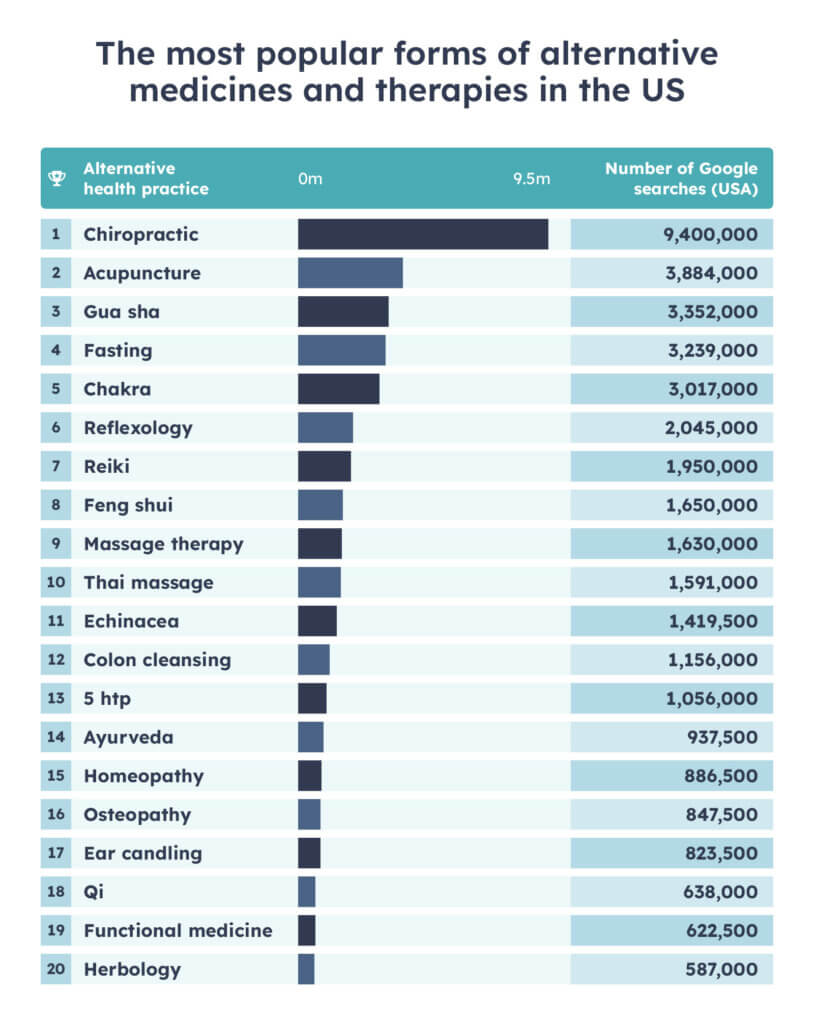The Most Common Form Of Biomedical Therapy Is

Imagine a world where every ache, every twinge, every persistent discomfort could be eased, not just with a pill, but with a targeted, personalized approach. A world where movement becomes fluid again, where strength returns, and where independence is not just a hope, but a tangible reality. This isn’t a futuristic dream; it’s the daily reality for millions thanks to the most common form of biomedical therapy.
The most prevalent and frequently utilized biomedical therapy is physical therapy. This intervention focuses on restoring function, improving mobility, relieving pain, and preventing or limiting permanent physical disabilities. It's a cornerstone of modern healthcare, addressing a wide range of conditions from sports injuries to chronic pain management.
Physical therapy, often abbreviated as PT, isn't just about exercise. It's a comprehensive approach to healthcare that encompasses examination, diagnosis, prognosis, and intervention. It is used across the lifespan.
A History Rooted in Rehabilitation
The roots of physical therapy can be traced back to ancient Greece, with Hippocrates advocating for manual therapy techniques. However, its modern form emerged in the late 19th century in Europe. This was driven by the need to treat individuals affected by polio and the physical consequences of World War I.
In the United States, the "physical reconstruction aides", primarily women, played a crucial role in rehabilitating soldiers during and after World War I. These pioneers laid the foundation for the profession we know today.
The American Physical Therapy Association (APTA) was established in 1921, solidifying physical therapy as a recognized and regulated healthcare profession. Since then, it has evolved dramatically, incorporating evidence-based practices and specialized techniques.
Who Benefits from Physical Therapy?
The beauty of physical therapy lies in its versatility. It's not limited to athletes or individuals recovering from surgery. It can benefit anyone experiencing pain, limited mobility, or functional limitations due to injury, illness, or chronic conditions.
From infants with developmental delays to elderly individuals seeking to maintain their independence, physical therapy offers tailored solutions. According to the APTA, common conditions treated include back pain, neck pain, arthritis, stroke, cerebral palsy, sports injuries, and post-operative rehabilitation.
It is also crucial in managing chronic pain conditions like fibromyalgia and osteoarthritis, improving quality of life and reducing reliance on pain medication.
The Diverse Toolkit of a Physical Therapist
Physical therapists employ a wide array of techniques to achieve their patients' goals. These techniques extend far beyond simple exercises.
Manual therapy techniques, such as joint mobilization and soft tissue mobilization, are often used to restore proper joint mechanics and reduce muscle tension. Therapeutic exercises, tailored to individual needs, help to strengthen muscles, improve range of motion, and enhance coordination.
Other modalities include:
- Electrical stimulation to reduce pain and muscle spasms
- Ultrasound to promote tissue healing
- Heat and cold therapy to manage pain and inflammation
Assistive devices, such as crutches, walkers, and braces, are often prescribed and fitted to improve mobility and safety.
The Importance of Personalized Care
One of the key principles of physical therapy is the emphasis on individualized treatment plans. A thorough initial evaluation is conducted to assess the patient's specific needs and goals.
This evaluation includes a detailed medical history, a physical examination to assess range of motion, strength, posture, and functional abilities, and a discussion of the patient's goals. Based on this assessment, the physical therapist develops a customized treatment plan.
This plan may include a combination of manual therapy, therapeutic exercises, and other modalities, all designed to address the patient's unique needs.
Beyond the Clinic: The Role of Education
Physical therapists are not just clinicians; they are also educators. They play a vital role in empowering patients to take control of their health and well-being.
Patients are educated on proper body mechanics, posture, and injury prevention strategies. They are also taught exercises and self-management techniques to continue their progress at home.
This emphasis on education helps patients to maintain their gains, prevent future injuries, and improve their overall quality of life.
The Growing Demand for Physical Therapy
The demand for physical therapy services is projected to continue to grow in the coming years. Several factors are driving this growth.
An aging population, increased awareness of the benefits of physical therapy, and advancements in medical technology are all contributing to the demand. According to the Bureau of Labor Statistics, employment of physical therapists is projected to grow significantly over the next decade.
This growth reflects the increasing recognition of physical therapy as an essential component of healthcare.
The Future of Physical Therapy
The field of physical therapy is constantly evolving, with new research and technologies shaping its future. Telehealth is increasingly being used to provide remote physical therapy services, expanding access to care for patients in rural or underserved areas.
Advanced imaging techniques, such as MRI and ultrasound, are being used to improve the accuracy of diagnoses and treatment planning. Robotics and virtual reality are also being incorporated into rehabilitation programs to enhance motor learning and improve outcomes.
The focus on personalized medicine is also impacting physical therapy, with researchers exploring how genetic and other factors can be used to tailor treatment plans to individual patients.
A Path to a Better Quality of Life
Physical therapy represents a powerful tool for improving health and well-being. It is a common yet incredibly impactful form of biomedical therapy.
Whether it's helping someone recover from a sports injury, manage chronic pain, or regain their independence after a stroke, physical therapy can make a profound difference in people's lives. The dedication and expertise of physical therapists are essential for helping individuals achieve their full potential.
So, the next time you experience a nagging pain or feel limited by a physical challenge, remember the potential of physical therapy. It might just be the key to unlocking a healthier, more active, and fulfilling life.









+Psychotherapeutic+(Talk+Therapy)+3)+Biomedical+Therapy.jpg)








